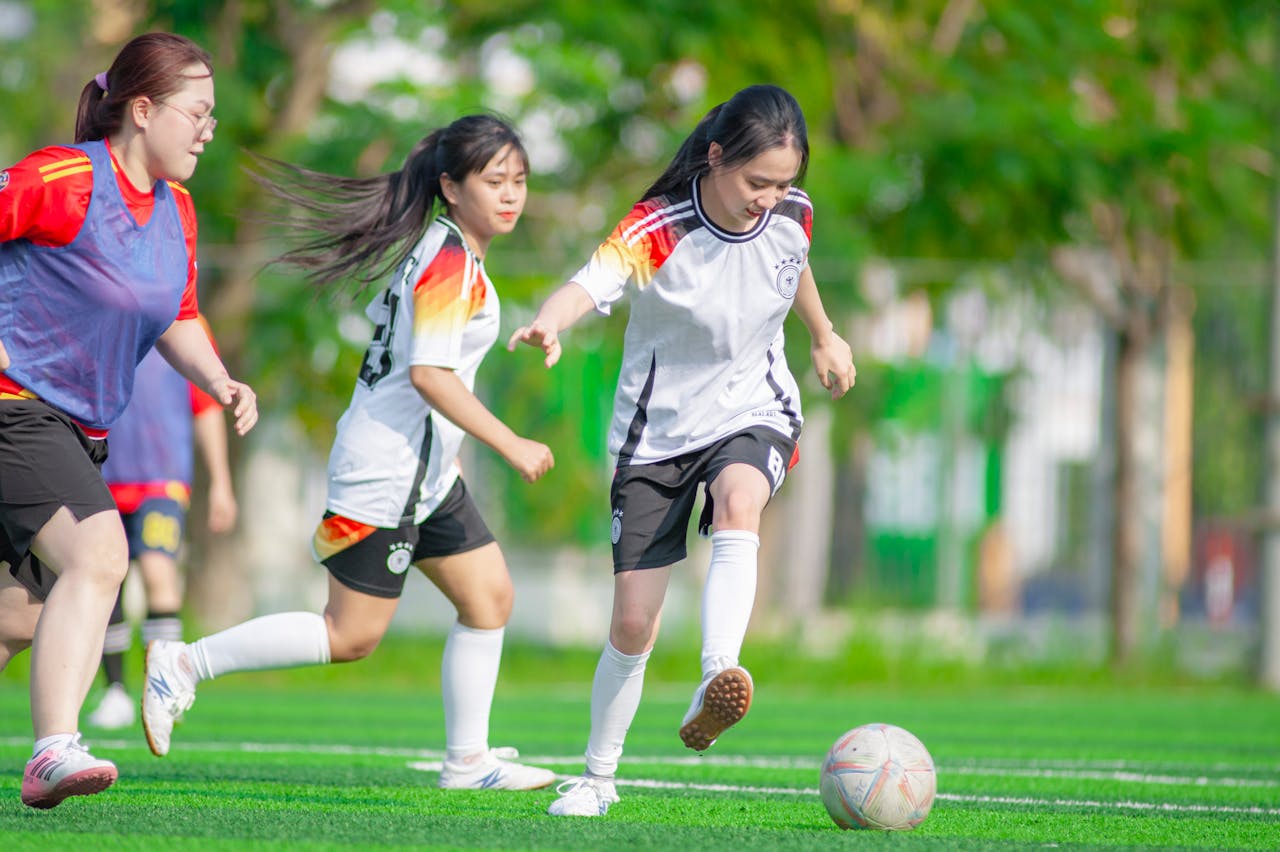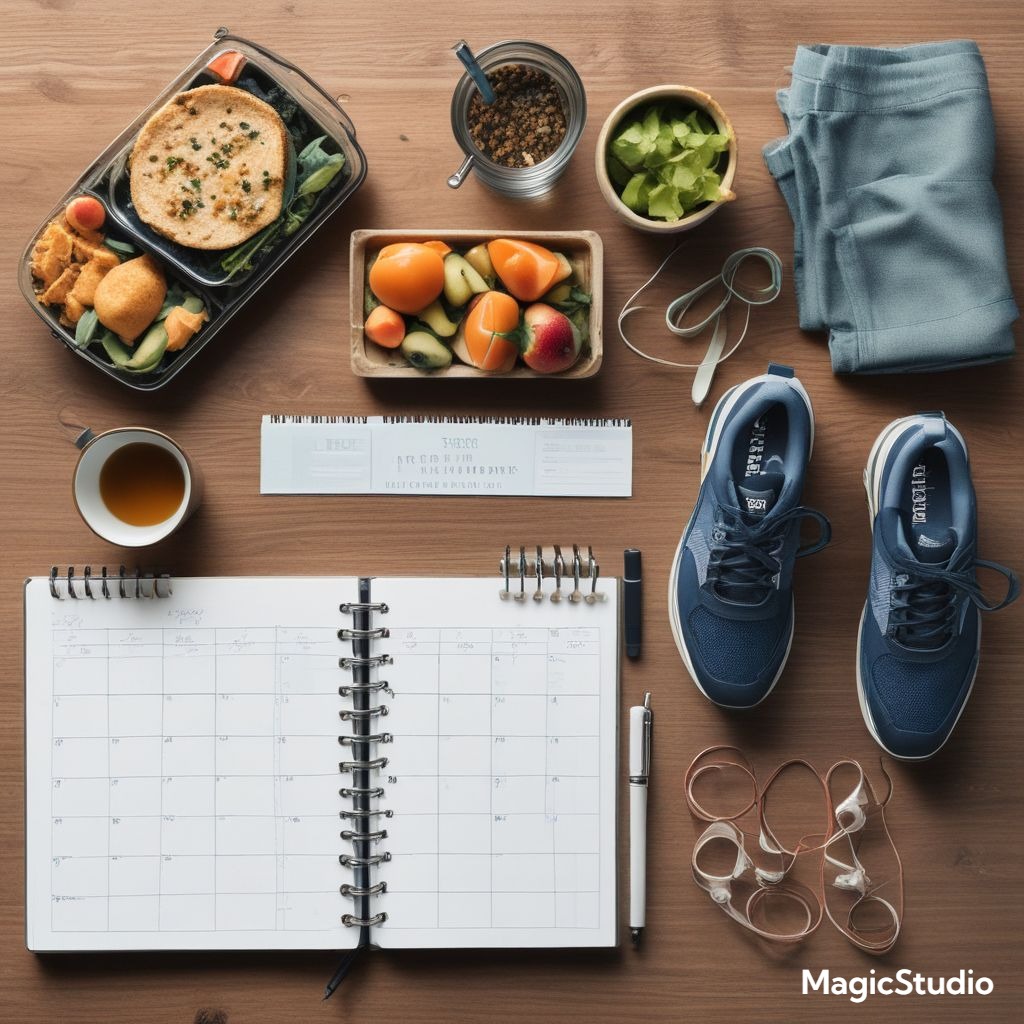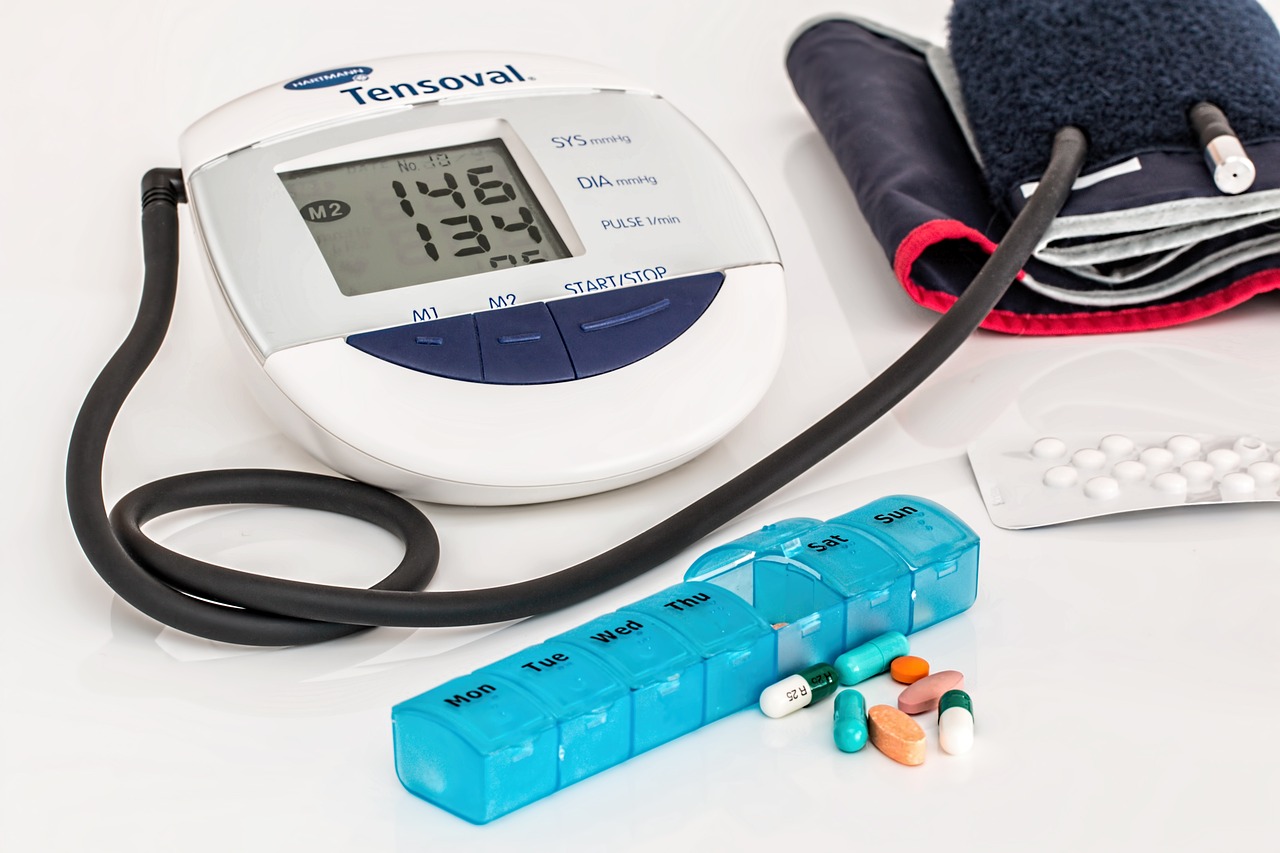-

No Sport, More Screens: a National Crisis In Teen Health
•
We are facing a quiet crisis in some Australian schools—one that could have profound and lasting impacts on the health, wellbeing, and cohesion of our next generation. And it couldn’t be more timely to talk about it: May is Exercise Right Month, an initiative of Exercise & Sports Science Australia (ESSA) that champions movement…
-

Who Should You See? Dietitian vs. Certified Practicing Nutritionist – The Right Choice for Your Health
•
When looking for professional nutrition support, you may wonder whether to see a Dietitian or a Certified Practicing Nutritionist (CPN). While both are registered allied health professionals, their focus, approach, and areas of expertise differ. Dietitians and Certified Practicing Nutritionists (CPNs) are university degree qualified, registered allied health professionals. This is different from the…
-

Making Time for Healthy Changes: A Practical Guide
•
Changing our food and exercise habits often sounds easy—until we try to put them into practice. The challenge isn’t lack of motivation; it’s that our time is already fully allocated to existing habits. Time is a limited resource, and any new activity must replace something else. Our brain often resists change, making us believe…
-

Pharmacogenomic Testing – for tailored medications and better outcomes
•
Pharmacogenomic testing provides your doctor with information to tailor your prescription medications to your unique genetic makeup. For clients experiencing poor mental health, this testing can be incredibly valuable. It provides insight into how your body might respond to specific medications, whether you might experience side effects, or if a certain medication may not…
-

The Hidden Force Behind Your Food Cravings: It’s Not About Willpower
•
If you’ve ever battled with food cravings and told yourself it’s just a lack of willpower, it’s time to rewrite that story. Cravings aren’t about weakness or self-control—they’re the result of complex signals from your body, including messages from the tiny but powerful microbes living in your gut. Understanding this connection can replace shame…
-

Mood Fuel For Teens: What to Eat for a Better Vibe
•
Did you know that what you eat can help improve your mood? If you’re feeling down, anxious, or just struggling with energy, making some small changes to your diet might make a big difference. Here’s a quick and easy guide on how to use food to feel better, based on solid research. Don’t worry,…
-
Gut Health is Important for Mental Health
•
At Thrive Wellness, we recognise that mental health is multifaceted, and addressing it from all angles is important. While psychological therapy plays a significant role in mental health care, did you know that your gut health could be just as important? The gut-brain connection influences everything from mood to cognitive function and improving the…
-

Personalised Medicine: how DNA testing can optimse medication results
•
Pharmacogenomic testing, also known as pharmacogenetic testing, examines how your genes affect your body’s response to medications. This testing combines pharmacology (the study of drugs) and genomics (the study of genes) to guide over-the-counter and personalised medicine prescriptions. By analysing your genetic makeup, healthcare providers can tailor treatments to ensure they are effective and…
